Gaillardia (Blanket Flower) Linaria Maroccana (Snapdragons) Morning Glory;Medicinally, the bellis perennis plant has been used for centuries to soothe bruises and muscle pain, to treat broken bones and boils, to stop bleeding wounds and diarrhea, and to reduce inflammation Source As a homeopathic remedy, Bellis perennis, like Arnica, is used for wounds, lacerations, sprains, and other injuries Bellis perennis in Kew Science Plants of the World online The Board of Trustees of the Royal Botanic Gardens, Kew Published on the internet Accessed Apr 7
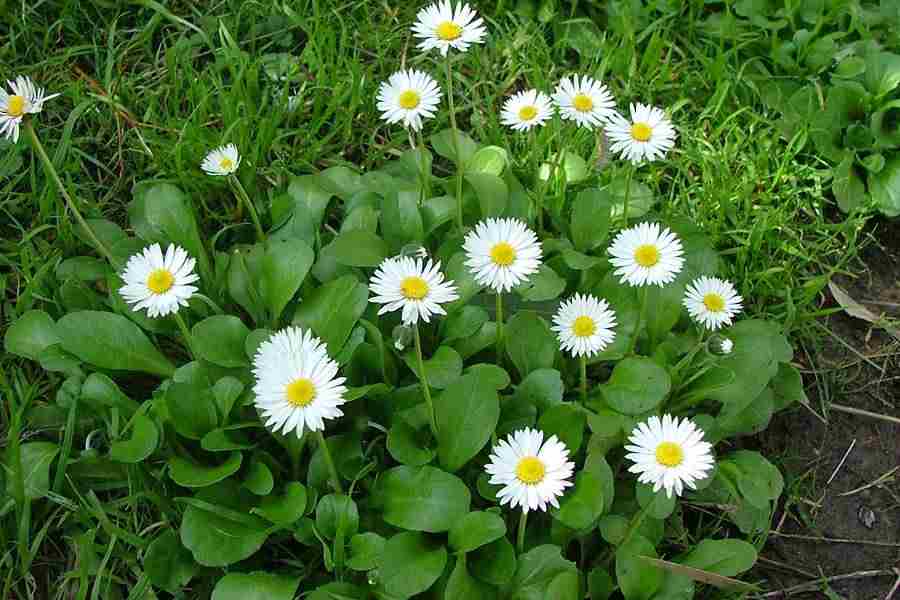
Bellis Perennis
Bellis perennis homeopathic remedy
Bellis perennis homeopathic remedy-Genus Bellis (BELliss) ( Info) Species perennis (perENis) ( Info) Synonym Aster bellis 2 vendors have this plant for sale 17 members have or wantGeneral information about Bellis perennis (BELPE) All Europe, western Mediterranean, Macaronesia, Western Asia, Central Asia



Spring Flowers Pink Bellis Perennis Daisy Flowers In Garden Stock Photo Crushpixel
Bellis perennis ()jpg 640 × 426;Bellis Perennis at 718 AM · Check out what we've been busy with this Christmas, going live at 7pm on Christmas Eve!59 KB Bellis perennis distribution in Polandsvg 862 × 8;
Bellis Perennis 30C is a homeopathic medicine by Boiron which mainly indicates sprains, bruises, or muscle soreness This medicine uses highly diluted natural substances to relieve symptoms This medicine comes in quickdissolving pellet form The multi dose is the common dosage for homeopathic remedies Common symptoms Bruised soreness, Minor back pain, Bruises, Sprains, Dizziness Below are the main rubriks (ie strongest indications or symptoms) of Bellis Perennis in traditional homeopathic usage, not approved by the FDA Have you ever used Bellis Perennis?The English Dairy or Bellis perennis produces carpets of dense rosettes of deep green foliage out of the centre of which grow short stems Atop of these are held masses of multi petaled flowers that come in a variety of pinks and whites with golden centres
BELLIS PERENNIS Homeopathy medicine Bellis Perennis from William Boericke's Pocket manual of homoeopathic materia medica, comprising the characteristic and guiding symptoms of all remedies, published in 1906Bellis perennis, the daisy, is a common European species of the family Asteraceae, often considered the archetypal species of that name To distinguish this species from other "daisies" it is sometimes qualified as common daisy, lawn daisy or English daisy Bellis Perennis (Bellp) is similar to Arnica montana (Arn) in that it is a useful remedy for bruises, sprains, and injuries The pains feel bruised and sore, and may be relieved by movement and rubbing the affected area It's a remedy to consider when Arnica fails to help Bellp is used for pain from trauma and bruising to the deeper




Bellis Perennis In Bloom Stock Photo Download Image Now Istock




Daisy English Bellis Perennis Seeds
Bellis perennis is usually listed as English Daisy or just Daisy – but the latter could be used to describe any number of flowers Bellis performs best in cooler gardens, and will fade during the heat of high summer Latin Bellis perennis Family Asteraceae Difficulty Easy Exposure Full sun to partial shade Zone Hardy to Zone 3 TimingBellis perennis, Daisy seeds At our store you will find seeds of several daisy species that differ in shape and colour of the blooms Seeds offered here are of high quality and show good germination capacity, as they come from proven producersKrasuljak, petrovac, bela rada, tračanica ili belka (lat Bellis perennis) je višegodišnja zeljasta ukrasna i lekovita biljka iz porodice glavočika (), koja se često smatra arhetipskom vrstom tog imena Ostali narodni nazivi su tratinčica, trajni krasuljak, katarinčica, iskrica, krsnica, behar i drnica Njoj srodne vrste su i šumska tratinčica (Bellis silvestris Cyr
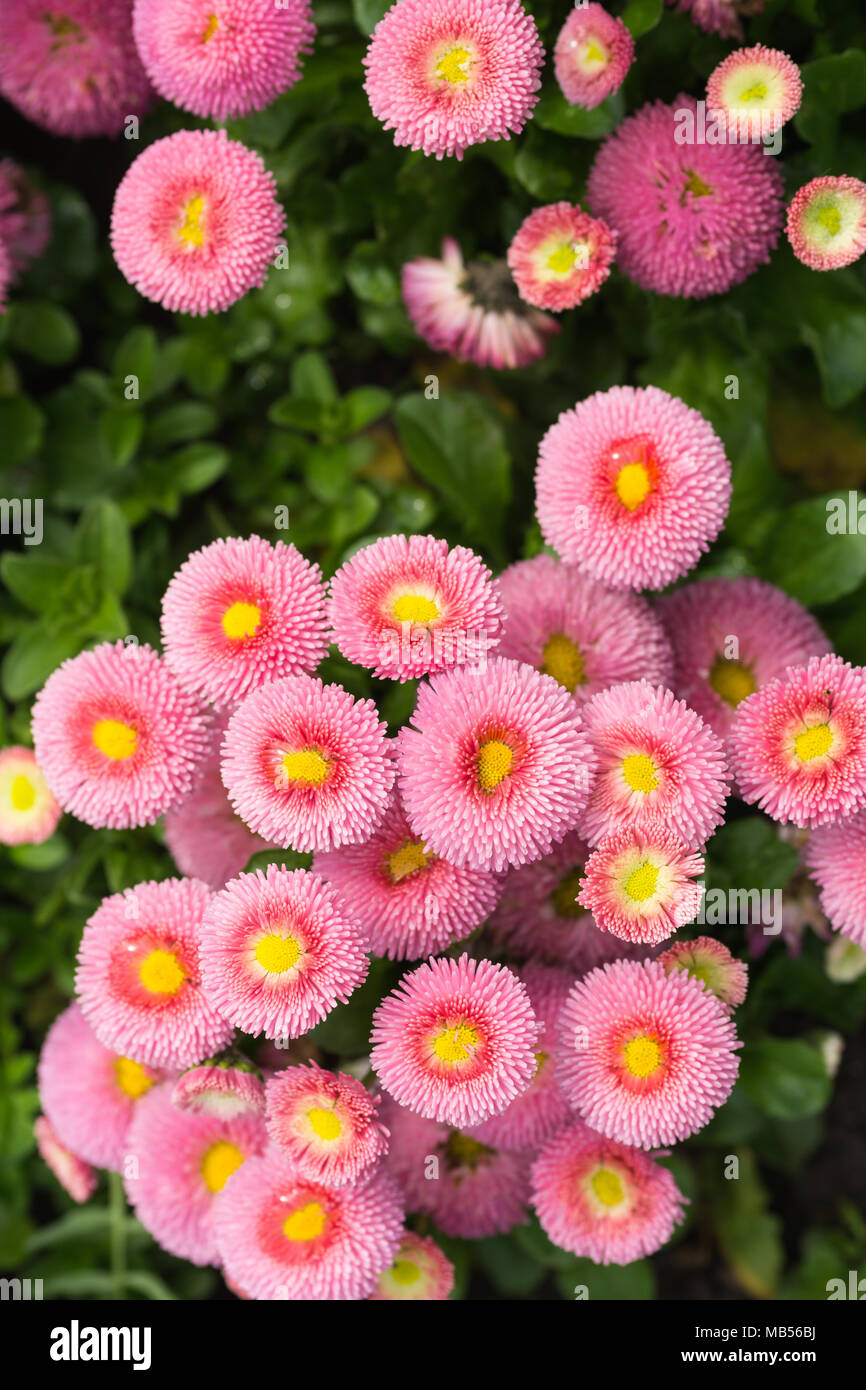



Pink English Daisy Bellis Perennis Stock Photo Alamy



Bellis Perennis Stafford Pink Daisy
Disclaimer ITIS taxonomy is based on the latest scientific consensus available, and is provided as a general reference source for interested parties However, it is not a legal authority for statutory or regulatory purposes While every effort has been made to provide the most reliable and uptodate information available, ultimate legal requirements with respect to species are contained inNoteworthy Characteristics Bellis perennis, commonly called English daisy, has a varied reputation (depending in large part on geographical location) ranging from attractive lowspreading ornamental flower to common (sometimes detested) weed of lawns, fields and abandoned areasRoots fibrous Stem 1several from base, decumbent or prostrate Leaf 210 cm;




English Daisy Seeds Bellis Perennis Monticello Shop
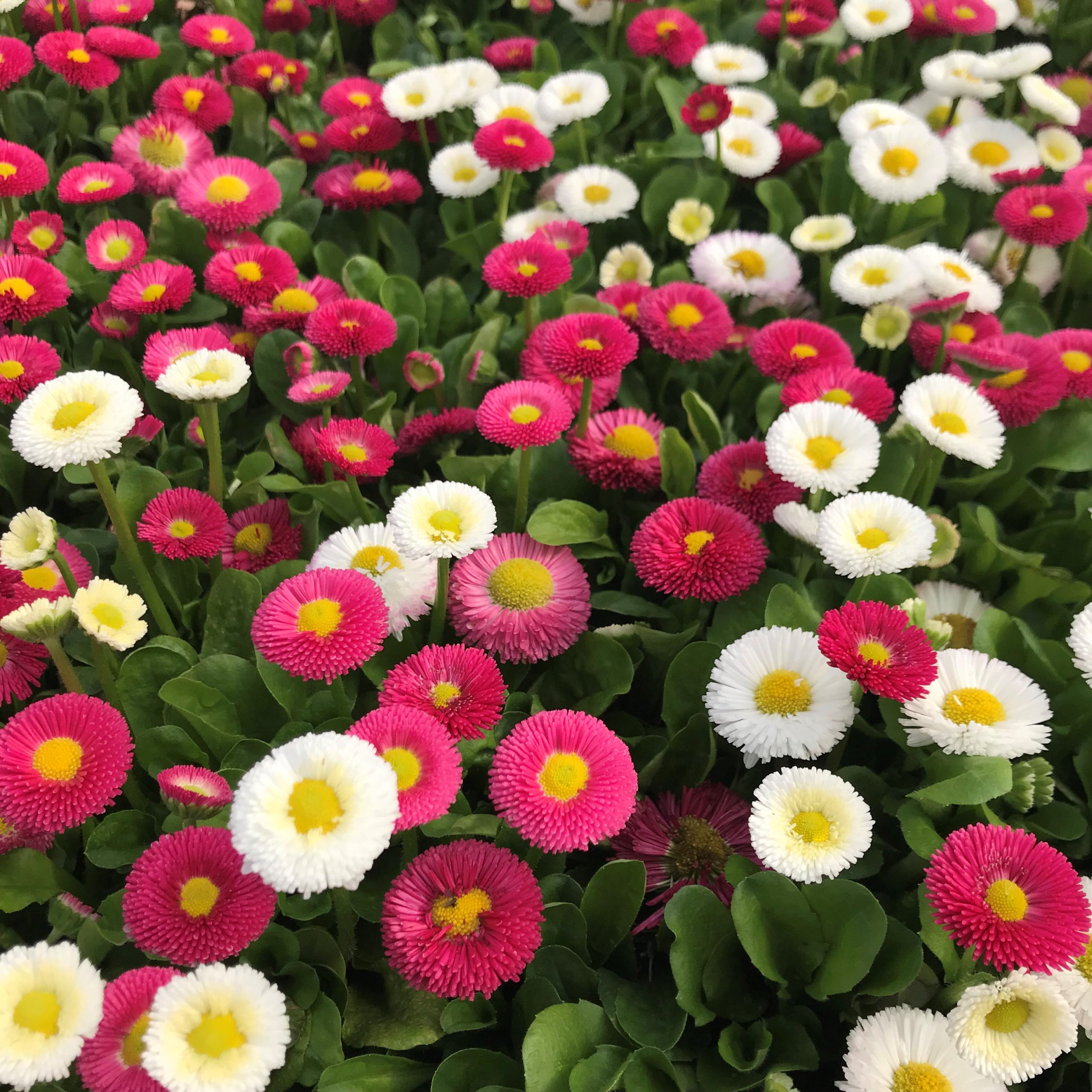



Bellis Perennis Speedstar Plus Mix English Daisy 4 Pot Little Prince To Go
BELLIS PERENNIS Bellis Perennis homeopathy medicine – drug proving symptoms from Encyclopedia of Pure Materia Medica by TF Allen, published in 1874 It has contributions from R Hughes, C Hering, C Dunham, and A Lippe Bellis perennis Bellis perennis signs and symptoms of the homeopathy medicine from the Dictionary of Practical Materia Medica by JH Clarke FindBellis perennis 'Tasso Strawberries & Cream' English Daisy USDA Zone 39 Plant number English Daisies have long been popular for spring bedding, particularly in mild winter regions Plants are biennial, usually lasting through one season, but selfseeding to provide future generations This strain features loads of cuteProduct description Grow a garden filled with White, English Daisy flowers, from freshly harvested Bellis perennis flower seeds White English Daisy is a popular selection for home gardeners because it is easy to grow and does't require much attention The small, 1 inch flowers are pure white, accented with a bright yellow center




Bellis Perennis




Pink English Daisies In The Spring Bellis Perennis Stock Photo Picture And Royalty Free Image Image
Bellis perennis is a very common European species of daisy, of the Asteraceae family, often considered the model type for the name "daisy"Bellis perennis L NATURALIZED Habit Rhizome short, simple or branched; Bellis perennis plate 35 in CAM Lindman Bilder ur Nordens Flora first edition () supp edition () Bellis perennis plate 1 in Wayside and woodland blossoms, 15 Bellis perennis plate 1 in Wayside and woodland blossoms, 15 alternative crop In art




Bellis Perennis Wikipedia



English Daisy Red Seeds Bellis Perennis Super Enorma
Candytuft (iberis aumbellata) Carpet of Snow;Black Eyed Susan (Rudbeckia hirta) Calendula officinalis;Bellis perennis 'Tasso White' English Daisy USDA Zone 39 Plant number English Daisies have long been popular for spring bedding, particularly in mild winter regions Plants are biennial, usually lasting through one season, but selfseeding to provide future generations




Bellis Perennis Wikiwand




Bellis Perennis Stock Illustration Download Image Now Istock
Bellis perennis Developed from the common wild daisy Bellis is a very robust and hardy plant that is often used for spring bedding It mixes well with spring bulbs, Myosotis andGenus Bellis are perennials forming a rosette of spoonshaped leaves, with daisylike flowerheads, often double in cultivars, from early spring to late summer Details B perennis is an evergreen perennial forming rosettes of dark green, spoonshaped leaves, with small, solitary, yellowcentred, pinktinged, white daisies in late spring and summerAwesomeBlossomPlants 5 out of 5 stars (678) $395 Add to Favorites




Bellis Perennis




Bellis Perennis The Dybdahl Co
Bellis perennisL (common daisy) is a herbaceous perennial herb in the family Asteraceae, which grows in meadows, lawns and other grassy areas (Panda, 04) It is native to western, central, and northern Europe, but is commonly found as an invasive plant in North America (Tutin et al, 1976)Bellis perennis Natural History The Daisy N O Composite Tincture of whole fresh plant Clinical Acne Arteries, disease of Boils Brain, softening of Change of Life Exudations Fatigue Giddiness Gout Headache Indigestion Masturbation Mydriasis Overwork Pregnancy, complaints of Psoriasis Railway spine Rheumatism Sleeplessness Spleen affections StasisBellis Species perennis Family Asteraceae Uses (Ethnobotany) Homeopathic medicine (vitamin supplement and tea) sometimes include this plant Life Cycle Annual Biennial Perennial Recommended Propagation Strategy Division Seed Country Or



Spring Flowers Pink Bellis Perennis Daisy Flowers In Garden Stock Photo Crushpixel




Amazon Com Seed Needs White English Daisy Bellis Perennis Twin Pack Of 1 000 Seeds Each Patio Lawn Garden
946 KB Bellis perennis Pâquerettejpg 500 × 375;Bellis perennis grow and care – herbaceous of the genus Bellis also known as English daisy, Bellis perennis perennial evergreen or as annual used as ornamental plant, grow in temperate, subtropical, mediterranean climate and growing in hardiness zone 48 as perennialBlade oblanceolate or obovate, tapered to winged petiole, tip obtuse, margin entire, crenate or serrate, faces loosely softhairy
/posters-daisy-bellis-perennis.jpg.jpg)



Daisy Bellis Perennis Poster Pixers We Live To Change




Common English Or Lawn Daisy Bellis Perennis Hand Drawn Botanical Vector Illustration Canstock
Bellis perennis 'Pomponette' (English Daisy) is a perennial grown as a biennial, with a rosette of spoonshaped, dark green leaves, and masses of cute pomponlike, fully double flowers in shades of red, pink or white Blooming in spring and summer, they prefer cool weather, and often decline when hot weather arrives Bellis perennis selfseeds, maintaining its presence in the garden Many spring gardens are dominated by pansies and blooming bulbs like tulips, but the English daisy (Bellis perennis) is another outstanding flower to bring early cheer to the landscape Depending on your region, the English daisy may be seen as a welcome harbinger of spring or an invasive pest that takes over the lawn and gardenEnglish Daisy, Single White (Bellis perennis) English Daisy is native to Europe Plants are very lowgrowing and have single, white flowers Excellent for rock gardens, containers, borders and alternative lawn mixes Does not tolerate heat – provide afternoon shade in hot summer climates



Q Tbn And9gcsdiweawvv5ifbl7fasv5moseb0ctvtb1rbasx8filp1czx Pe Usqp Cau




Bellis Perennis English Daisy Buy Online At Annie S Annuals
Bellis perennis is an evergreen Perennial growing to 02 m (0ft 8in) by 02 m (0ft 8in) at a medium rate It is hardy to zone (UK) 4 and is not frost tender It is in leaf all year, in flower all year, and the seeds ripen from May to October The species is hermaphrodite (has both male and female organs) and is pollinated by Bees, flies, beetles Tumour Tumour of the breast or cancer after an injury Important Characteristic Features Injuries and its effects Bellis perennis is the first remedy in injuries to deeper tissues after major surgical work It is useful in deep trauma or septic wounds to the internal organs after major surgical operationsBellis perennis is a common European species of daisy, of the family Asteraceae, often considered the archetypal species of that name Many related plants also share the name "daisy", so to distinguish this species from other daisies it is sometimes qualified



1



Bellis Perennis L Plants Of The World Online Kew Science
This premiere video has ended December 24 at 1100 AM The Replicas Christmas Party This video is now available to watch Watch NowAsteraceae Species Bellis perennis L Common Name English daisy Habitat Lawns and mowed grassy areas It can be evenly scattered throughout lawns and create a dramatic display in early spring Associated Ecological CommunitiesList of Pests Top of page Major host of Sclerotinia sclerotiorum (cottony soft rot) Minor host of Candidatus Phytoplasma asteris (yellow disease




Bellis Perennis Bairnwort Banwood Banwort Benner Gowan Bone Flower Bonewort Bruisewort Common Gowan Dog Daisy Double Daisy English Daisy Goose Flower Gowlan Herb Margaret Lawn Daisy Lockin Gowan Luckin Gowan Marguerite May




Bellis Perennis Daisy Growing The Perennial English Daisy
Açik L, Gurbuz I, Demir H, Demirci F, Göktürk R (08) The gastroprotective and antioxidant effect of Bellis perennis L (Asteraceae) extracts Afr J Trad Complement Alternat Med, Abstracts, World congress on medicinal and aromatic plants, Cape Town, November 08 Google ScholarBellis Perennis Super Enorma Red seed only 75 cents Shipping on single or multiple items!! Bellis perennis is a very old medicine for trauma and injury, a reputation it built long before Homoeopathy As a wound herb, it was often found growing on the site of
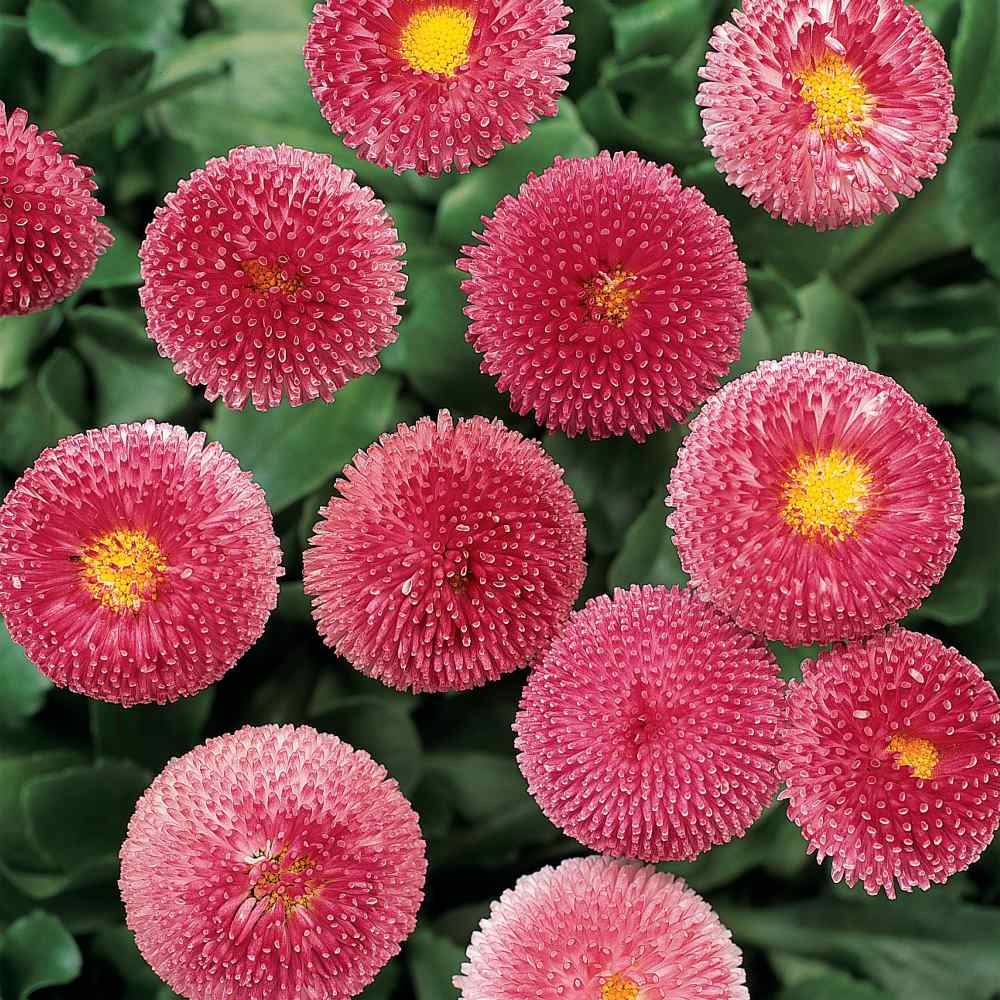



English Daisy Seed Bellis Perennis Rose Flower Seeds




Oxford University Plants 400 Bellis Perennis
BELLIS PERENNIS Daisy It acts upon the muscular fibers of the bloodvessels Much muscular soreness Lameness, as if sprained Venous congestion, due to mechanical causes First remedy in injuries to the deeper tissues, after major surgical work Results of injuries to nerves with intense soreness and intolerance of cold bathingBELLIS PERENNIS Common names English Daisy, Lawn daisy, Bruisewort, Woundwort, Mary's rose Turkish Koyungözü, Papatya, Yabani papatya, Çayır papatyası, Koyun çiçeği The common daisy is an evergreen perennial growing up to 2 decimeters in height and is currently a very common sight by the roadsides, meadows and lawns surrounding usWe found that extracts prepared from Bellis perennis (common daisy) are efficient inducers of GLUT4 translocation in the applied in vitro cell system In addition, these extracts also led to reduced blood glucose levels in chicken embryos (in ovo), confirming their activity in a living organism Using highperformance liquid chromtaography




How To Grow English Daisies Bellis Perennis Gardener S Path



Spring Flowers Pink Bellis Perennis Daisy Flowers In Garden Stock Photo Crushpixel
Bellis perennis is a flower with an orangish central disc and surrounding white petals It belongs to different genres and has multiple ways of seed dispersal Seed dispersal can lead to growth in almost all kinds of environment, climates, and soilsBotanical Name Bellis perennis Other related plants are also known by the name daisy, but Bellis perennis is mostly regarded as the archetypal species Other Common Names Common daisy, garden daisy, English daisy, meadow daisy, bruisewort, tusindfryd (Danish), chiribita (Spanish), paquerette vivace (French), Gänseblümchen (German) Habitat Daisy is native to Europe andBELLIS PERENNIS Daisy It acts upon the muscular fibers of the bloodvessels Much muscular soreness Lameness, as if sprained Venous congestion, due to mechanical causes First remedy in injuries to the deeper tissues, after major surgical work Results of injuries to nerves with intense soreness and intolerance of cold bathing




Bellis Perennis Wild Beautiful Flowers In Bloom Group Of Flowering Plants Bright White Petals With Yellow Center Stock Photo By C Ivusakzkrabice




Bellis Perennis Cv




Bellis Perennis Common Daisy




Bellis Perennis Pomponette English Daisy



File Bellis Perennis L Asteraceae F2 Jpg Wikimedia Commons




File 180 Bellis Perennis L Jpg Wikimedia Commons




Pink Daisy Bellis Perennis Blue Free Photo On Pixabay
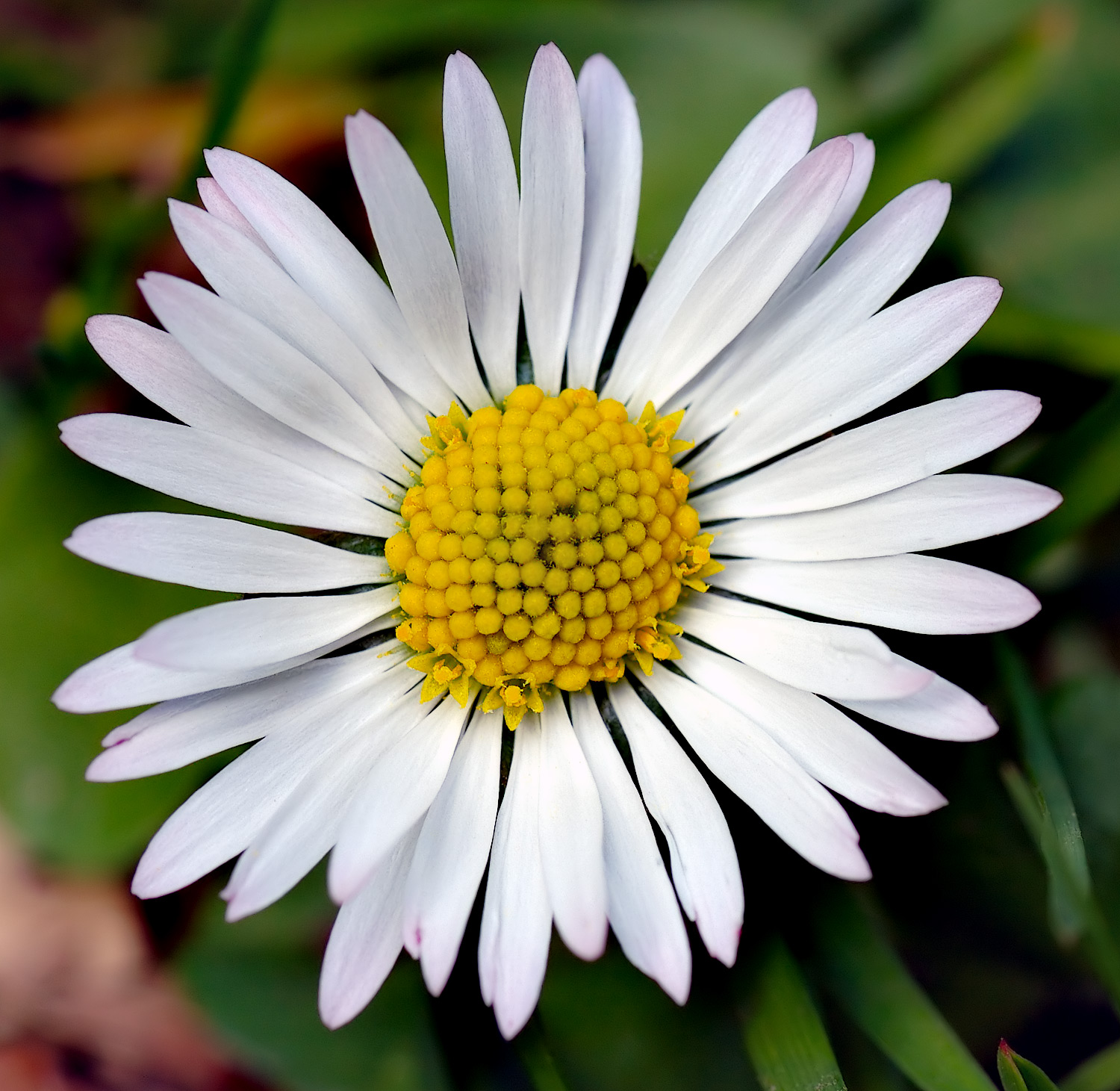



File Bellis Perennis White Aka Jpg Wikipedia




Bellis Perennis The Common Daisy Easy Wildflowers
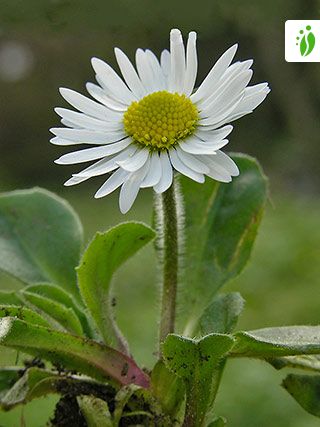



Daisy Bellis Perennis Flowers Naturegate
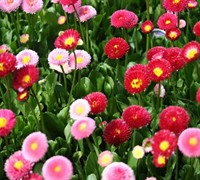



Bellis Perennis Galaxy Red English Daisy 1 Gallon Wild Flower Biennial Perennial Bellium Daisy Gardener Direct
-bulk-quantity_2.jpg)



Lawn Daisy Bellis Perennis Bulk Quantity The Good To Know Seeds A Z Seed Catalog B Samen Saatgut




Bellis Perennis Lawn Daisy Go Botany
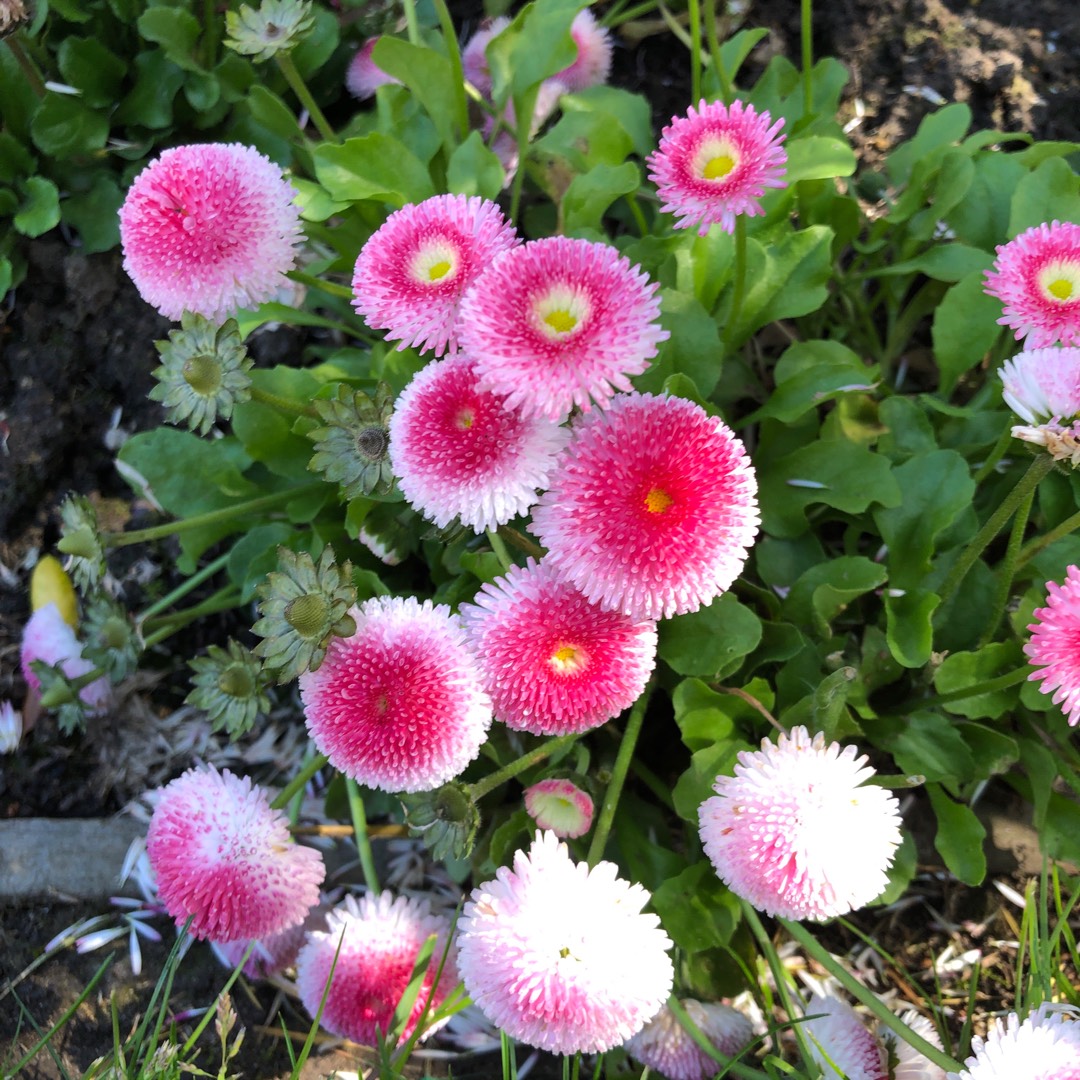



Bellis Perennis Monstrosa Mix English Daisy Monstrosa Mix In Gardentags Plant Encyclopedia




English Daisy Bellis Perennis Humeseeds Com



Q Tbn And9gcryqqgndyaz9c7p71gm26xe Ss2 Tsebexebrorj0 40c0vocc0 Usqp Cau
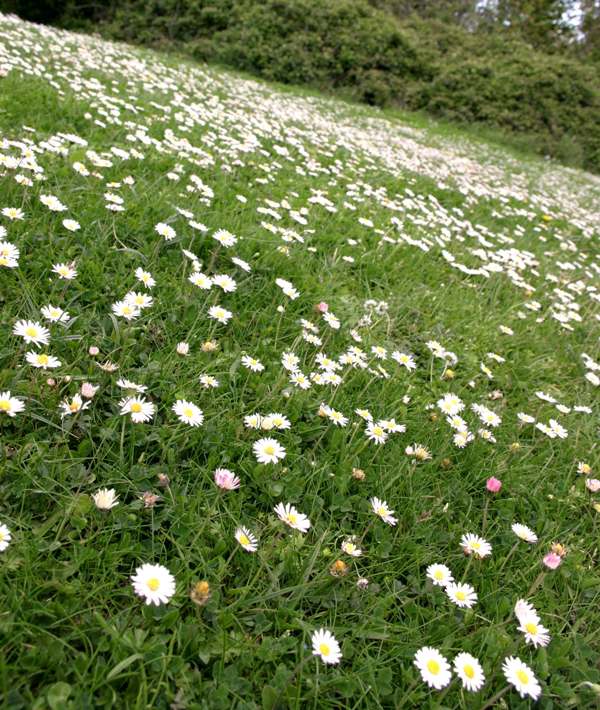



Bellis Perennis Common Daisy Identification




Amazon Com White English Lawn Daisy Mix Lawns And Borders 1000 Seeds Bellis Perennis Patio Lawn Garden




Purple And White Bellis Perennis Covering A Lawn Of Grass Canstock




Bellis Perennis
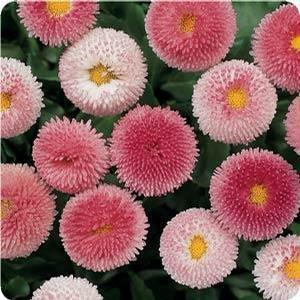



Bellis Perennis Bellissima Rose Bicolor English Daisy From Moose Crossing Garden Center
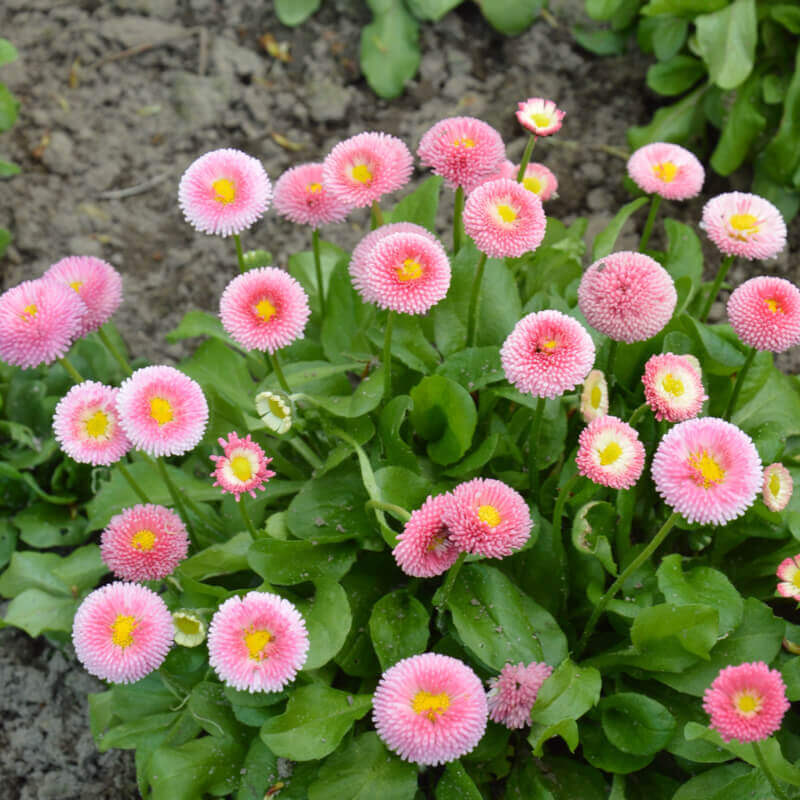



Seeds Of Bicolour Daisy Bellis Perennis Pomponette T O G




Pink Marguerite Flowers Bellis Perennis In A Garden Stock Photo Picture And Royalty Free Image Image
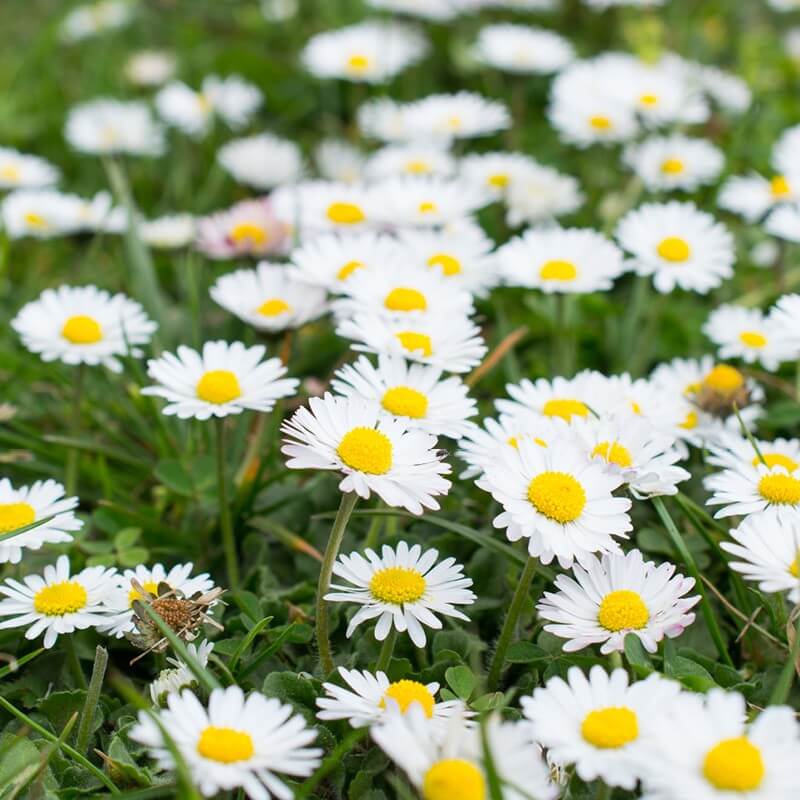



Seeds Of Meadow Daisy Bellis Perennis The Original Garden



Lawn Daisy Bellis Perennis



Bellis Perennis L Plants Of The World Online Kew Science




Amazon Com 100 Pink English Daisy Seeds Bellis Perennis Tasso Pink Flowering Plants Patio Lawn Garden




English Daisy Bellis Perennis In The Spring Meadow Canstock
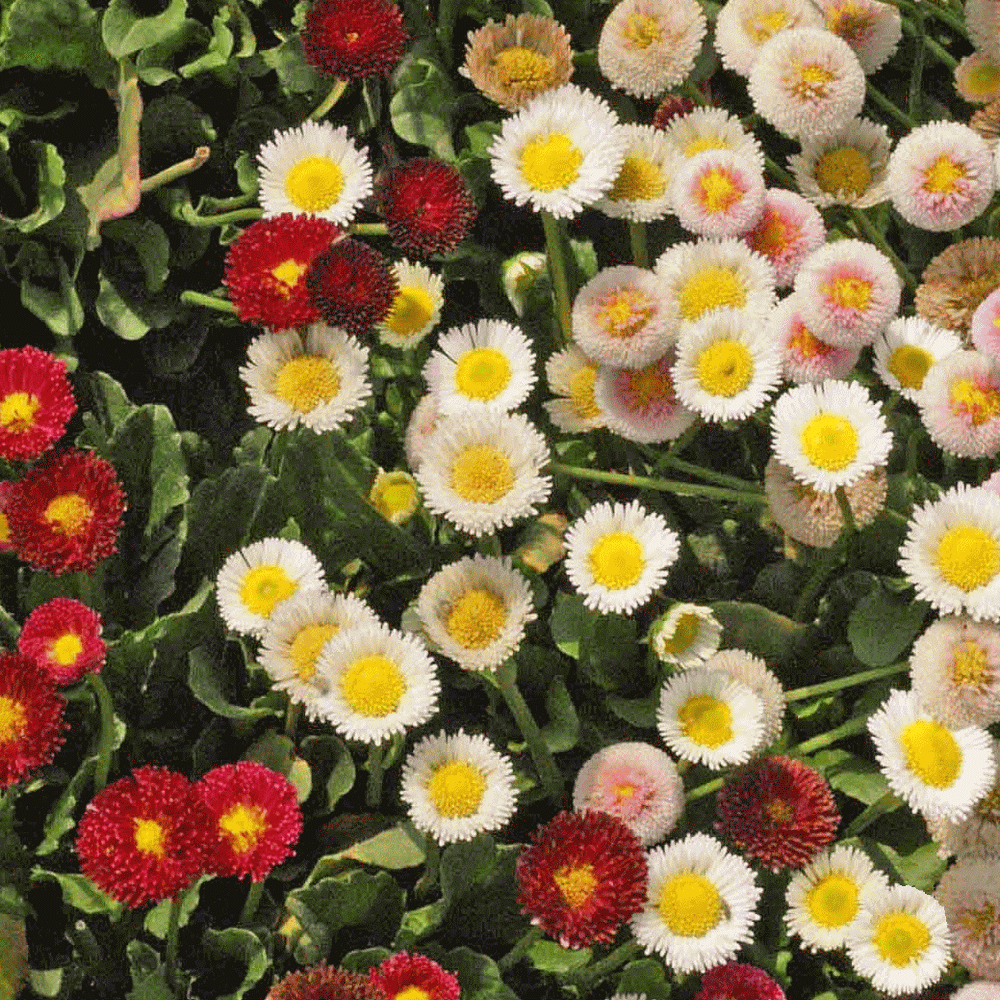



English Daisy Seeds English Daisy Seed Mix Everwilde Farms
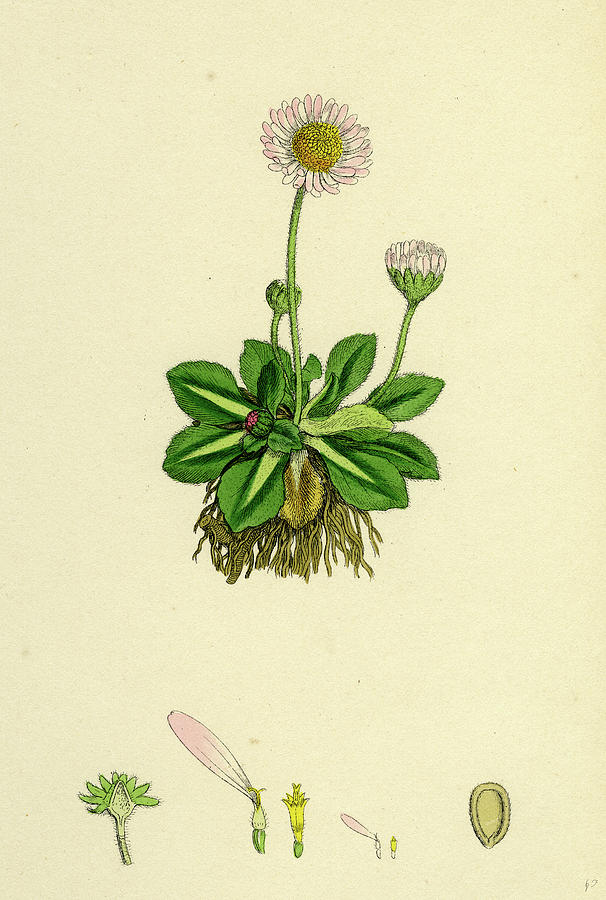



Bellis Perennis Common Daisy Drawing By English School
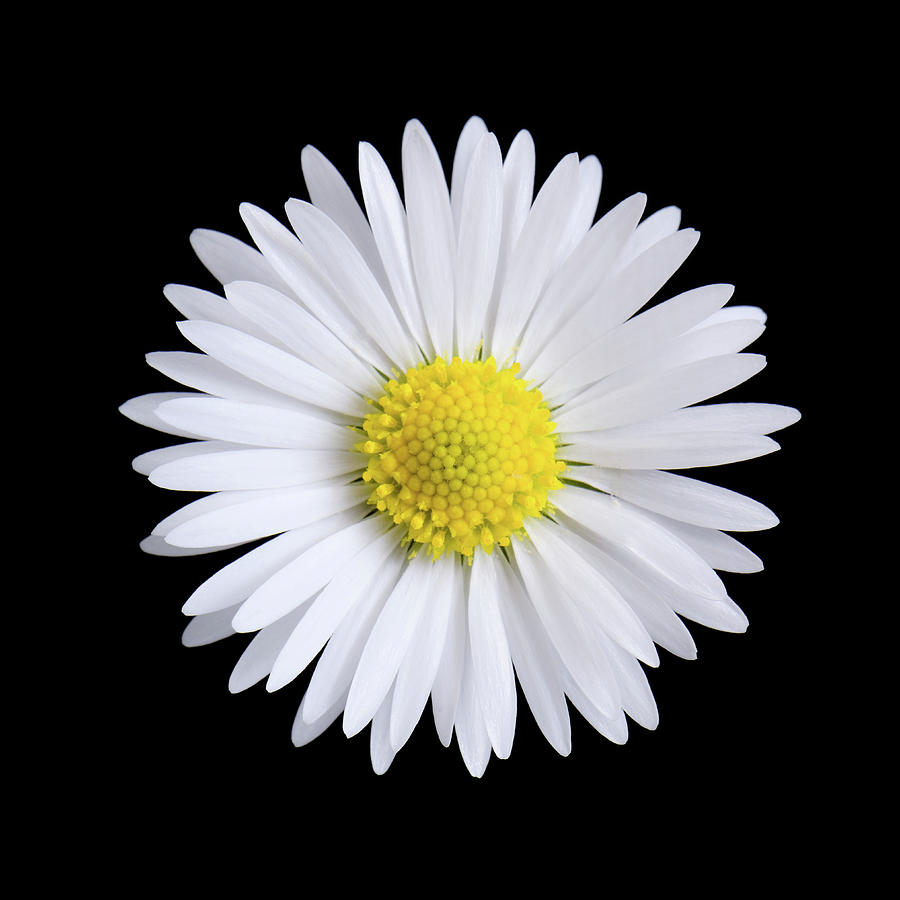



Common Daisy Bellis Perennis Photograph By Paul Whitehill Science Photo Library
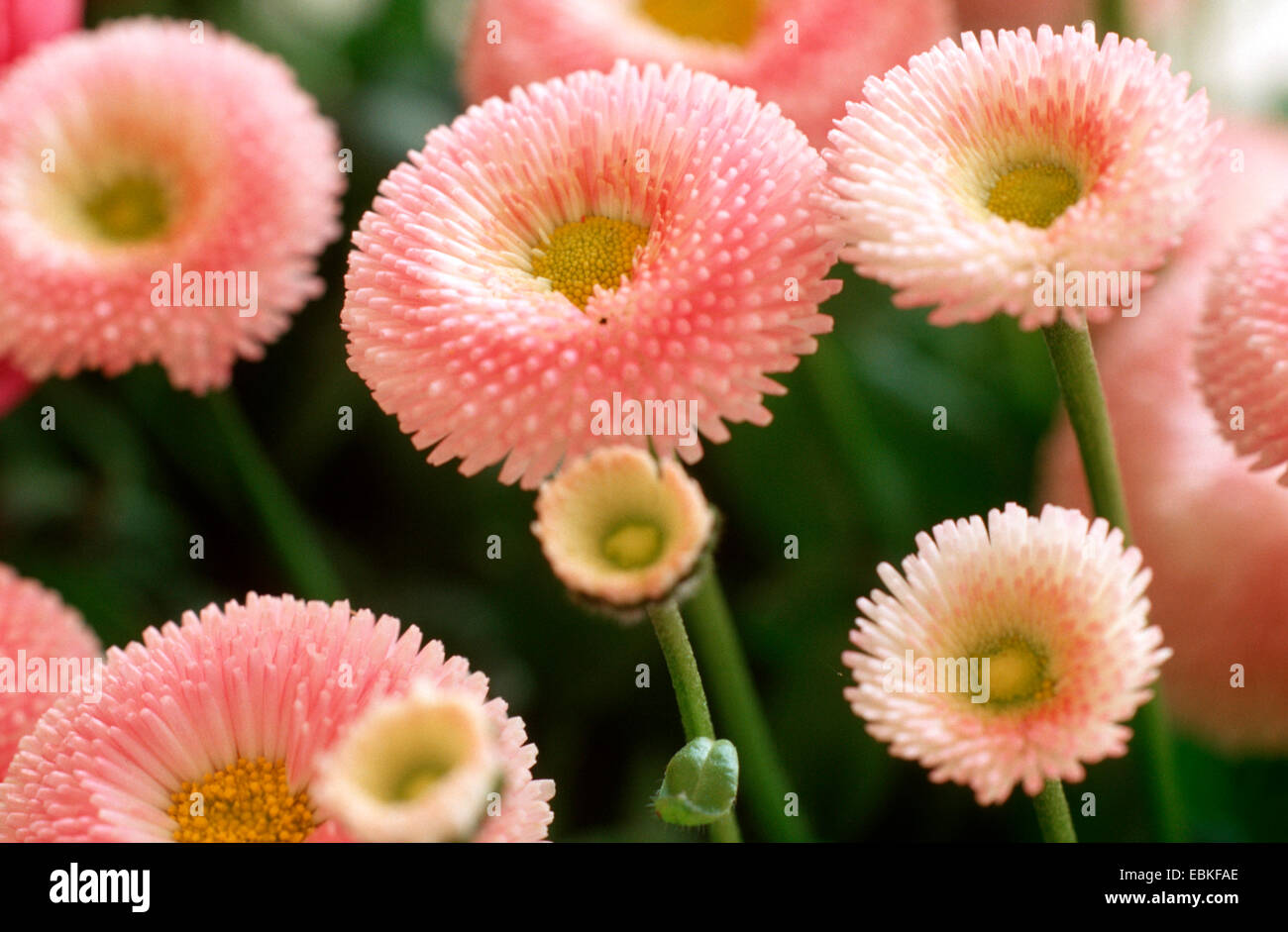



Common Daisy Lawn Daisy English Daisy Bellis Perennis Pomponette Rosa Bellis Perennis Pomponette Rosa Cultivar Pomponette Rosa Stock Photo Alamy




Common Daisy Bellis Perennis Ganseblumchen Bellis Perennis Stock Photo Picture And Rights Managed Image Pic Pre Rm Agefotostock




Bellis Perennis Robella




Bellis Perennis Beautiful Daisy Field Stock Footage Video 100 Royalty Free Shutterstock



Bellis Perennis



Bellis Perennis L Plants Of The World Online Kew Science



Plant Profile For Bellis Perennis Tasso White English Daisy Perennial
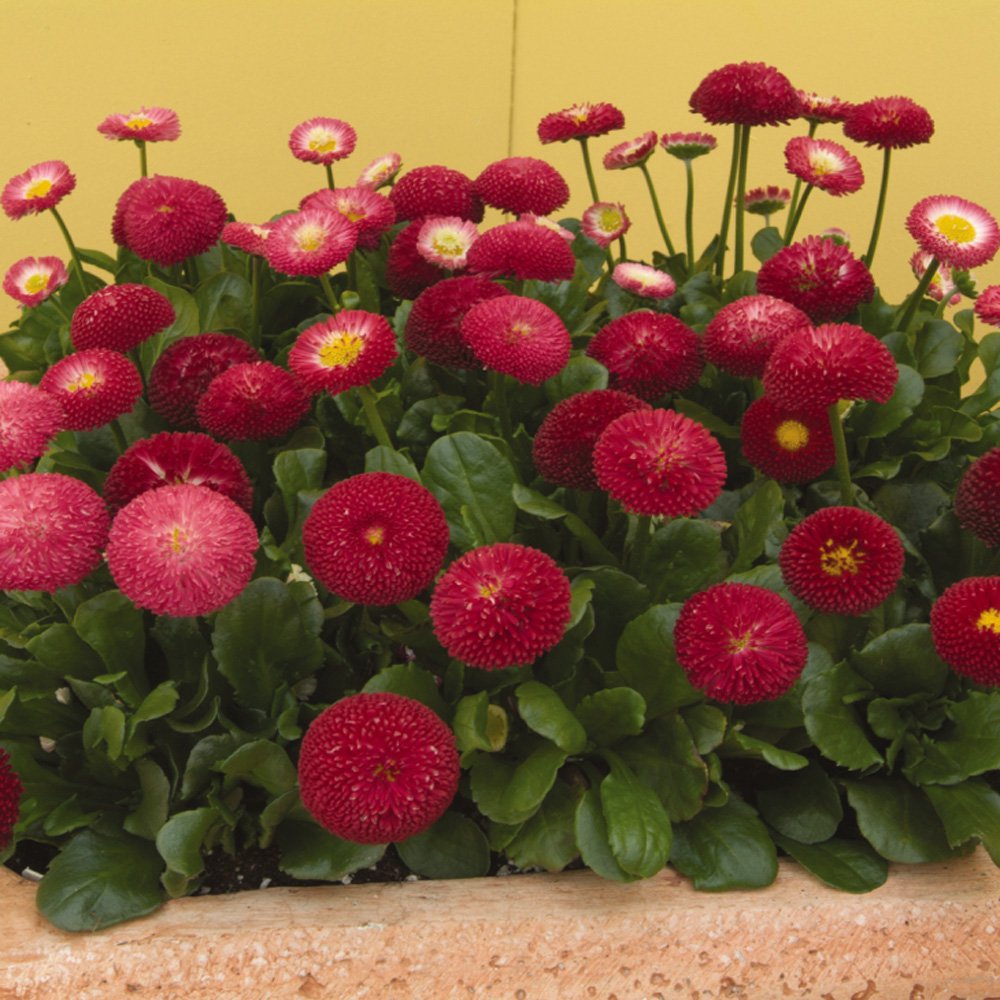



Bellis Seeds Bellis Perennis English Daisy Red Flower Seed
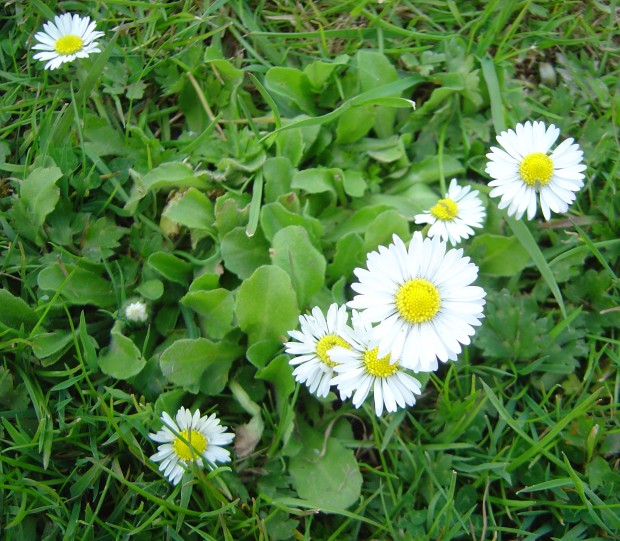



Bellis Perennis Deborah Silver Co




Bellis Perennis Daisies Perennial Free Photo On Pixabay
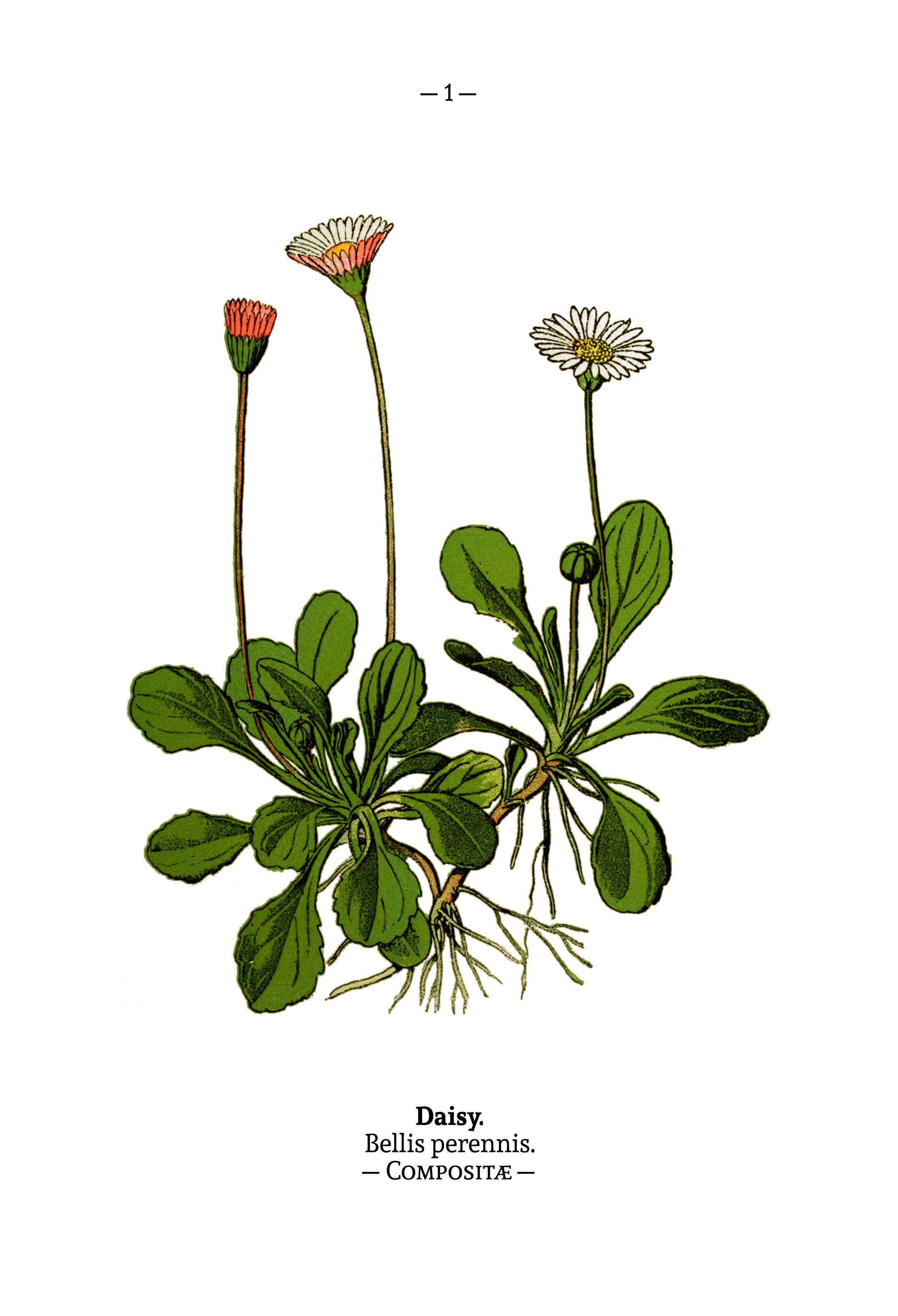



File Wwb 0013 001 Bellis Perennis Png Wikimedia Commons




Bellis Perennis Domestika




Bellis Perennis Bellis Perennis Mars White Evanthia
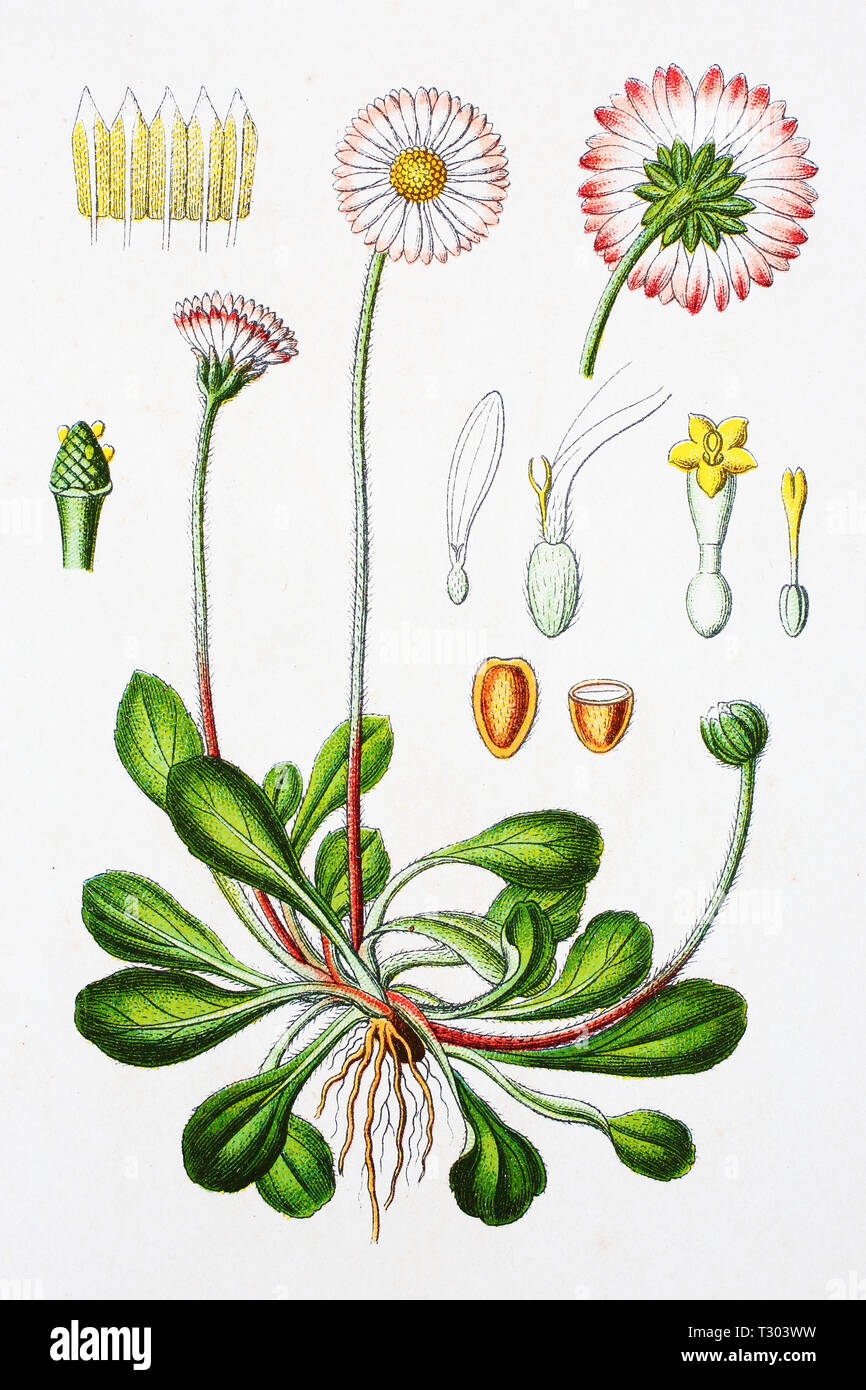



Digital Improved Reproduction Of An Illustration Of Bellis Perennis Ganseblumchen From An Original Print Of The 19th Century Stock Photo Alamy




Bellis Perennis Print Framed Photos Premium Framing
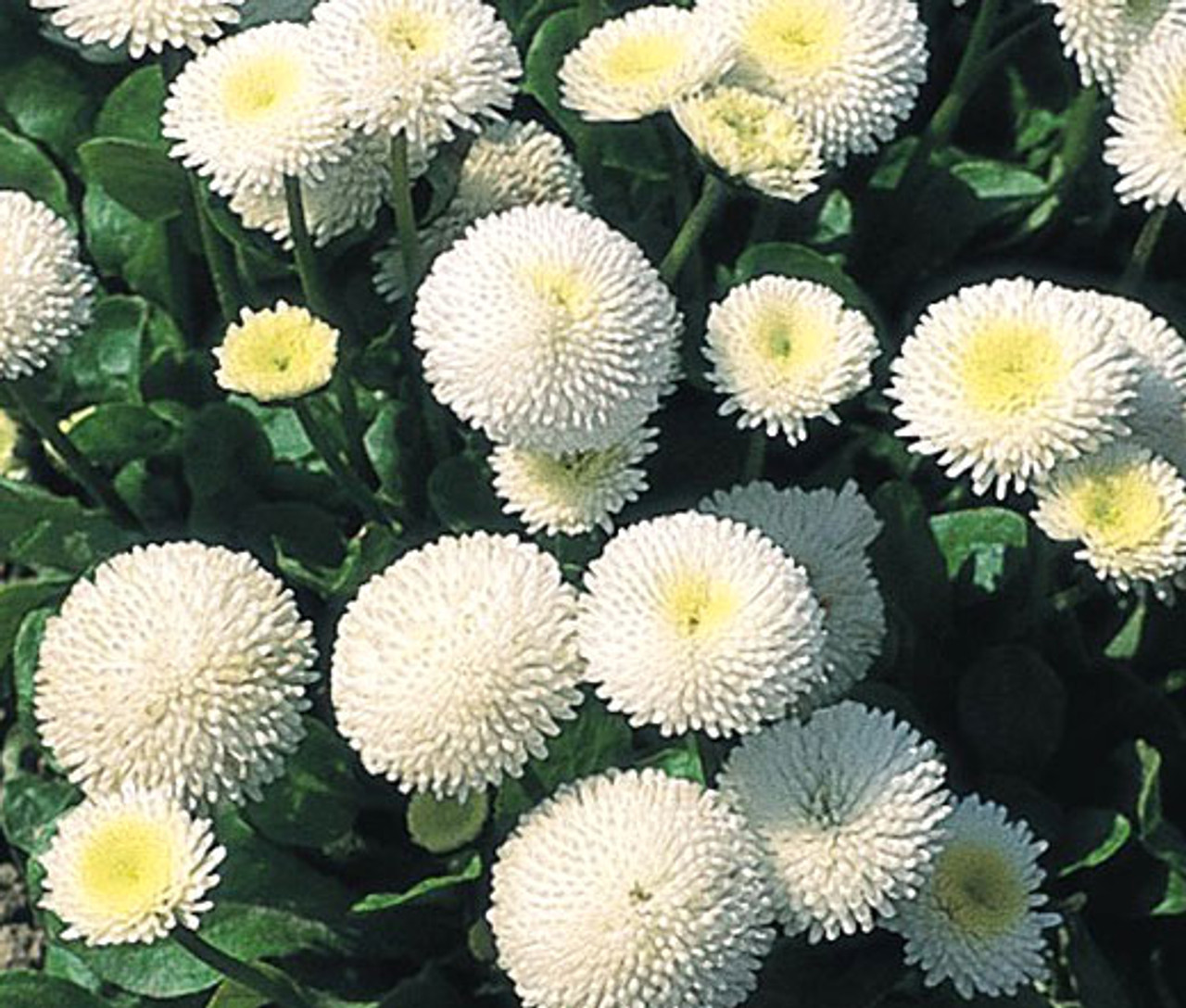



English Daisy White Bellis Perennis Super Enorma Seeds



English Daisy Or Bellis Perennis Plant With Colorful Pink And Stock Photo Crushpixel




Bellis Perennis Better Known As The Common Daisy Janet Ulliott Flickr




Afternoon Daisy Bellis Perennis Bellis Perennis Daisy Flower Pictures
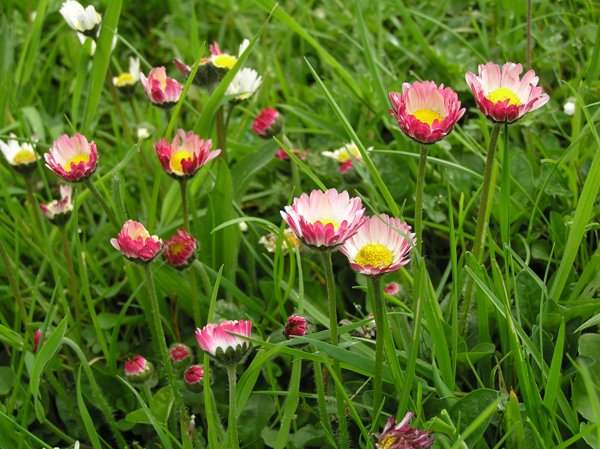



Bellis Perennis Common Daisy Identification



1




Bellis Perennis Care Grow Youtube
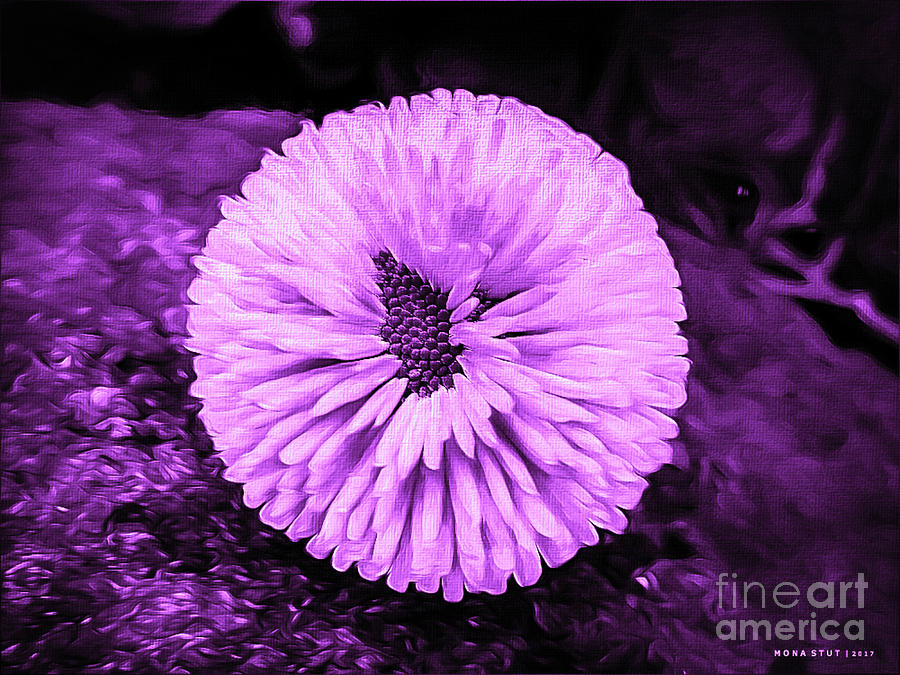



Bellis Perennis Lavender Daisy Digital Art By Mona Stut




Single White English Daisy Bellis Perennis Applewood Seed Company




Raw Edible Plants Daisy Bellis Perennis




Bellis Perennis Bellis Perennis L Asteraceae Local Zerma Flickr




Perennial Daisy Lat Bellis Perennis In Pots On The Background Of The Sedum Lat Sedum Acre Stock Photo Picture And Royalty Free Image Image




Bellis Perennis Bairnwort Banwood Banwort Benner Gowan Bone Flower Bonewort Bruisewort Common Gowan Dog Daisy Double Daisy English Daisy Goose Flower Gowlan Herb Margaret Lawn Daisy Lockin Gowan Luckin Gowan Marguerite May




English Daisy Finegardening
_3.jpg)



Lawn Daisy Bellis Perennis The Good To Know Seeds A Z Seed Catalog B Samen Saatgut
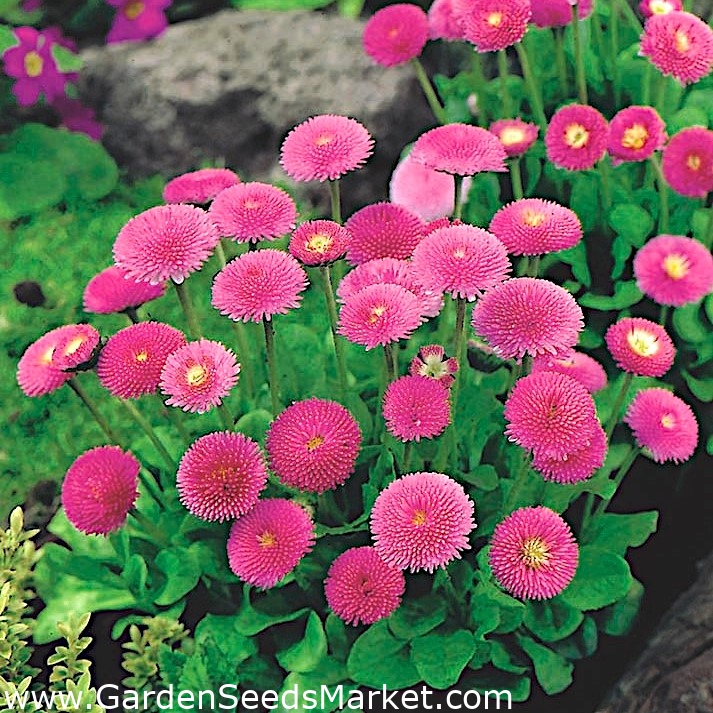



Pink English Daisy Seeds Bellis Perennis 690 Seeds Garden Seeds Market Free Shipping
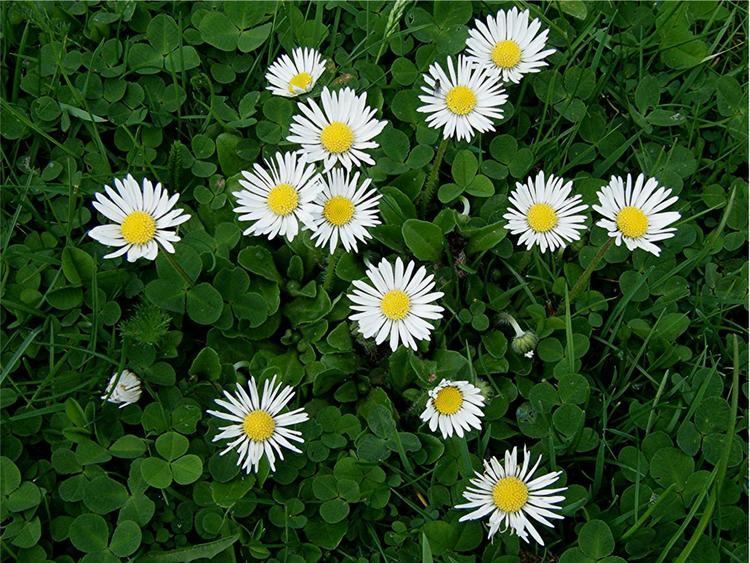



Bellis Perennis Alchetron The Free Social Encyclopedia




English Daisy Bellis Perennis Super Enorma Red Perennial Flowers Caribbeangardenseed




English Daisy Bellis Perennis Daisy 500 Seeds 1551




File Neuchatel Herbarium Bellis Perennis Neu Jpg Wikimedia Commons




Bellis Perennis Pomponette Mix English Daisy 4 Pot Little Prince To Go
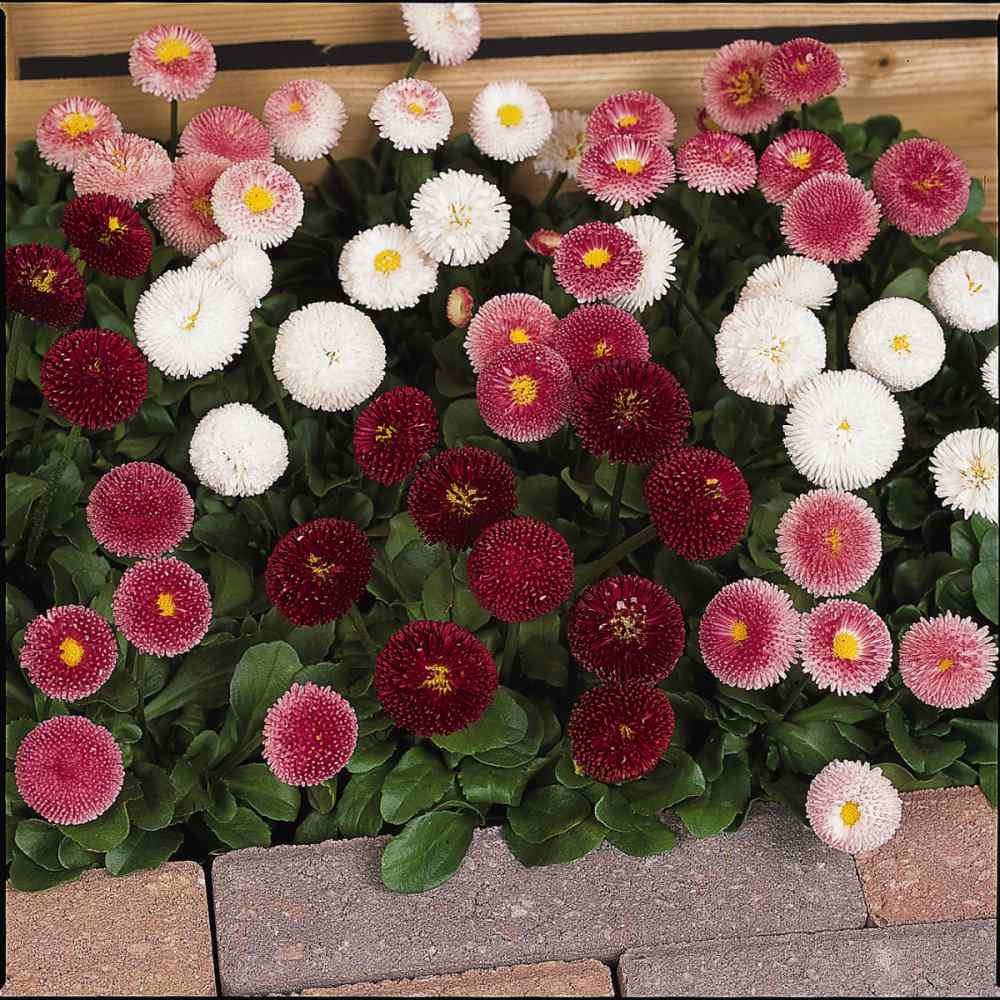



English Daisy Seeds Bellis Perennis Mix Flower Seed




Bellis Perennis Bairnwort Banwood Banwort Benner Gowan Bone Flower Bonewort Bruisewort Common Gowan Dog Daisy Double Daisy English Daisy Goose Flower Gowlan Herb Margaret Lawn Daisy Lockin Gowan Luckin Gowan Marguerite May



Plant Profile For Bellis Perennis Pomponette Mix English Daisy Perennial




Bellis Perennis Pomponette Mix




Bellis Perennis Common Daisy Lawn Daisy Or English Daisy Stock Illustration Download Image Now Istock




Bellis Perennis Bairnwort Banwood Banwort Benner Gowan Bone Flower Bonewort Bruisewort Common Gowan Dog Daisy Double Daisy English Daisy Goose Flower Gowlan Herb Margaret Lawn Daisy Lockin Gowan Luckin Gowan Marguerite May
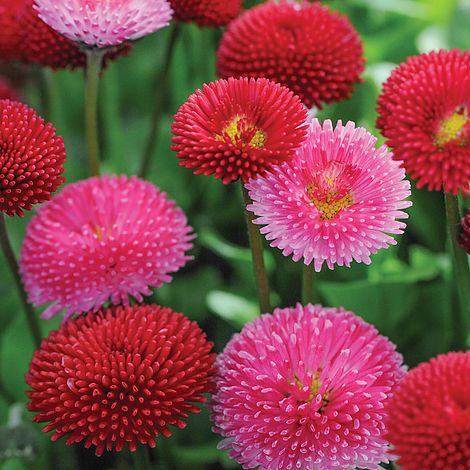



Bellis Perennis Pomponette Mixed Seeds Thompson Morgan
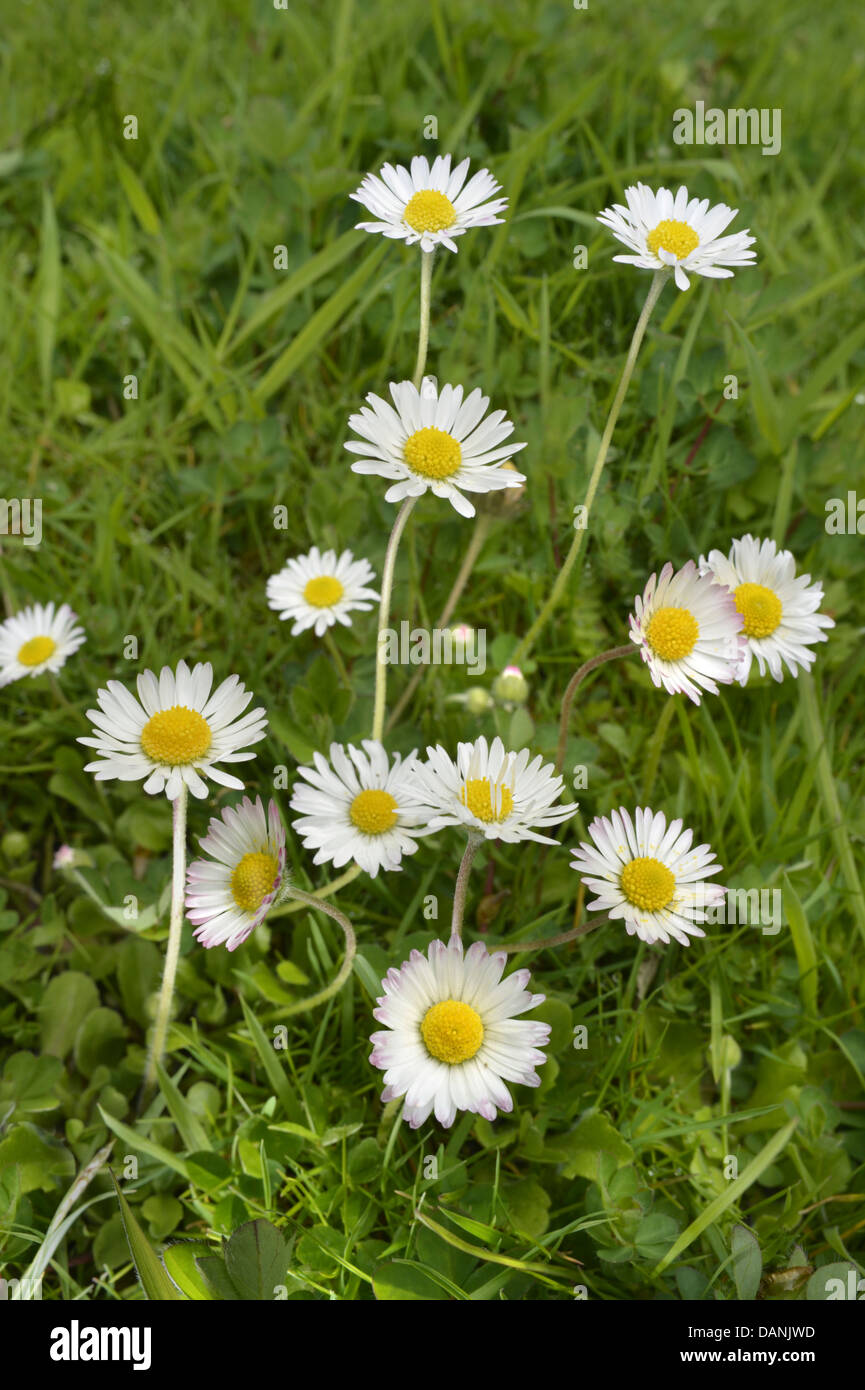



Daisy Bellis Perennis Asteraceae Stock Photo Alamy




English Daisy Rominette Mix Seeds Bellis Perennis 600 Seeds Garden Seeds Market Free Shipping



0 件のコメント:
コメントを投稿